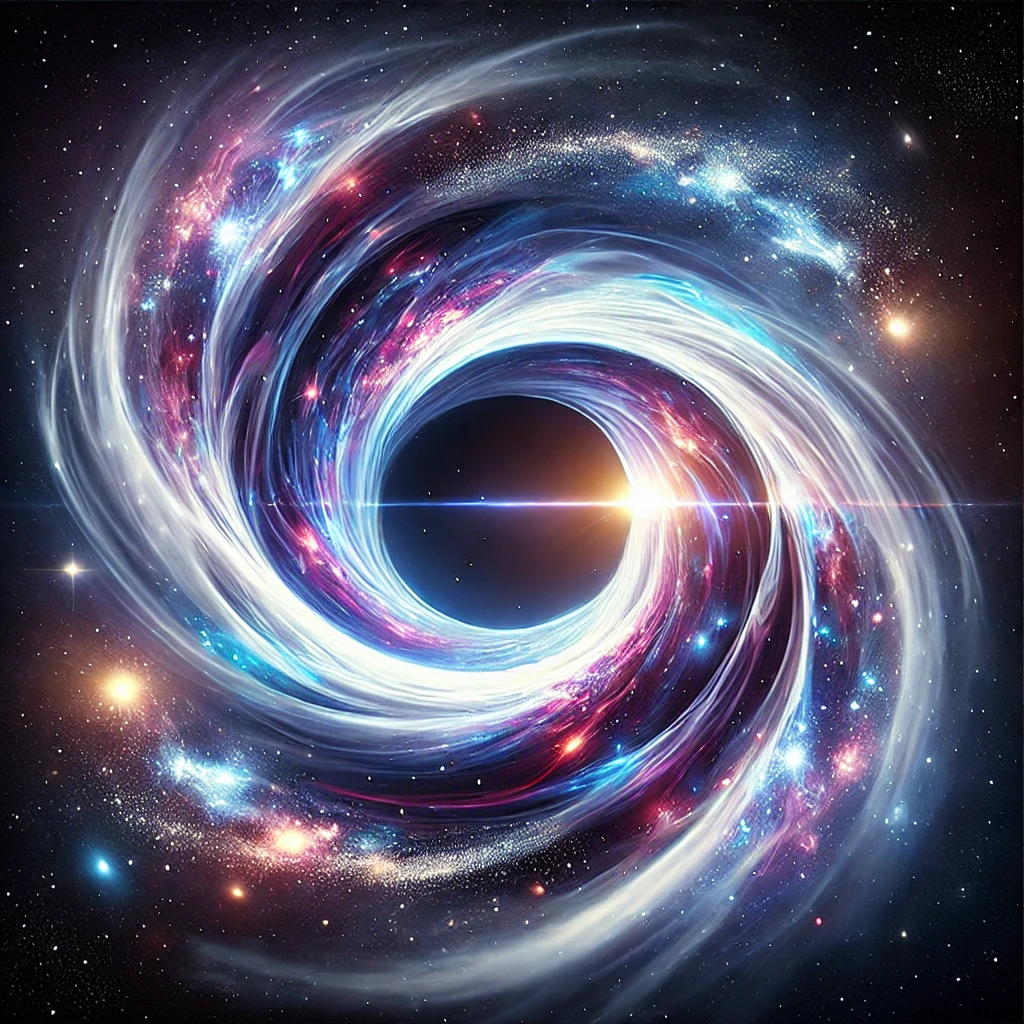
Are you asking whether wormhole science is based in actual science or more aligned with science fiction? Let’s break it down:

Wormhole Science:
Theoretical Foundation:
- Wormholes, also known as Einstein-Rosen bridges, are solutions to Einstein's field equations in General Relativity. They describe hypothetical passages through spacetime that could connect distant points in the universe.
- First proposed in 1935 by Albert Einstein and Nathan Rosen, they remain purely theoretical, as no physical wormhole has ever been observed.
Feasibility Challenges:
- Exotic Matter: Wormholes require "exotic matter" with negative energy density to keep them open. While quantum field theory suggests that negative energy might exist in certain situations (e.g., Casimir effect), it's not clear if it could stabilize a wormhole.
- Stability Issues: Theoretical models suggest wormholes would collapse rapidly unless stabilized by exotic matter.
- Scale: Many wormholes, if they exist, are expected to be microscopic, requiring massive advancements in technology to manipulate or scale up.
Practical Applications:
- If stable wormholes were possible, they could theoretically allow faster-than-light travel, time travel, or shortcuts across vast distances in the universe.
- These applications are speculative and face enormous scientific and engineering barriers.
Wormholes in Science Fiction:
Popular Depictions:
- Wormholes often serve as plot devices in science fiction, providing a way to bypass the speed of light limit and explore interstellar or intergalactic settings.
- Examples:
- Interstellar: A scientifically informed portrayal based on Kip Thorne's work.
- Stargate: A portal-based concept inspired by wormhole ideas.
- Star Trek: Frequently uses wormholes as shortcuts or anomalies.
Artistic License:
- Fiction often simplifies or outright ignores the constraints of physics, focusing on storytelling rather than scientific accuracy.
- For example, stable, human-traversable wormholes are commonly depicted despite their scientific improbability.
Conclusion:
Wormhole science straddles the line between theoretical physics and speculative fiction. While rooted in solid mathematical frameworks, the practical realization of wormholes remains firmly in the realm of conjecture, making it a fertile topic for both scientific exploration and imaginative storytelling.
Would you like to explore the scientific or fictional aspects in more depth?
